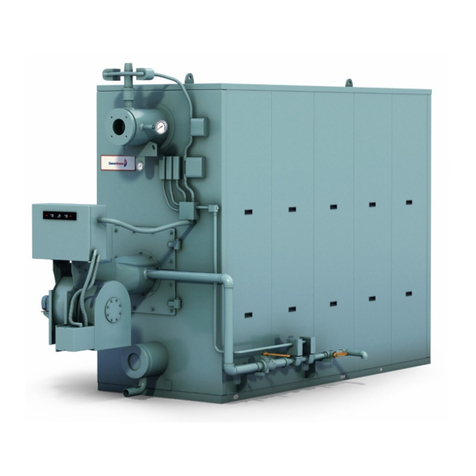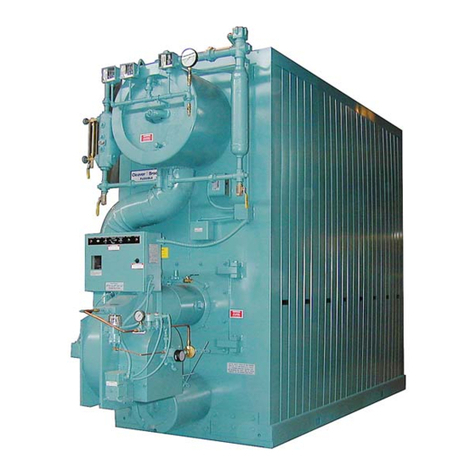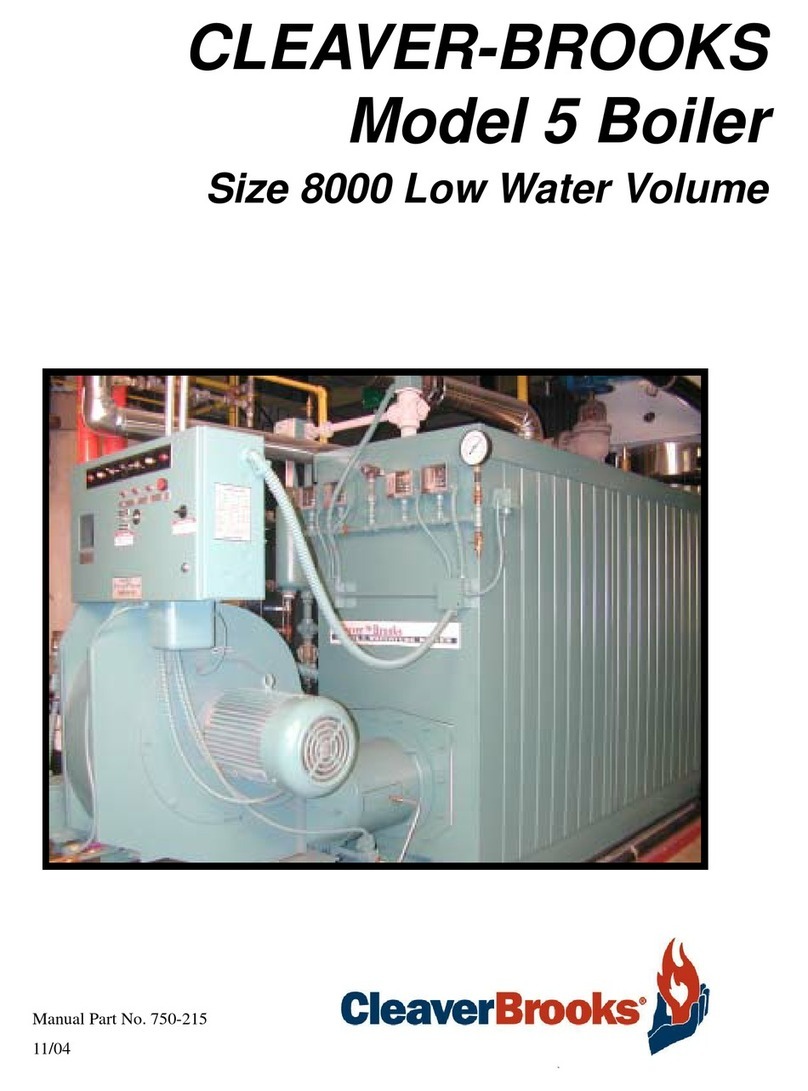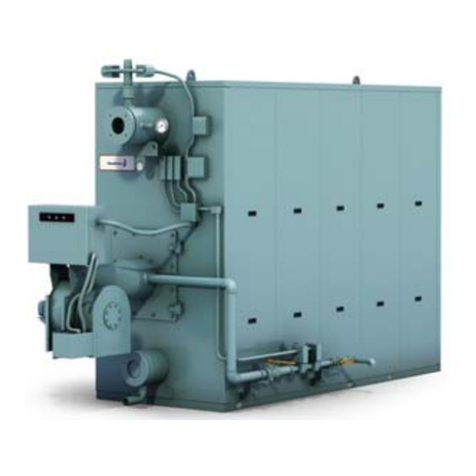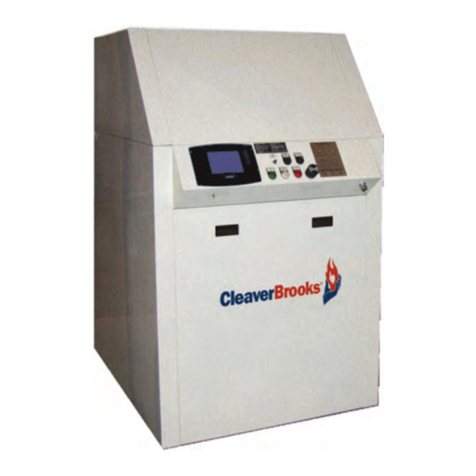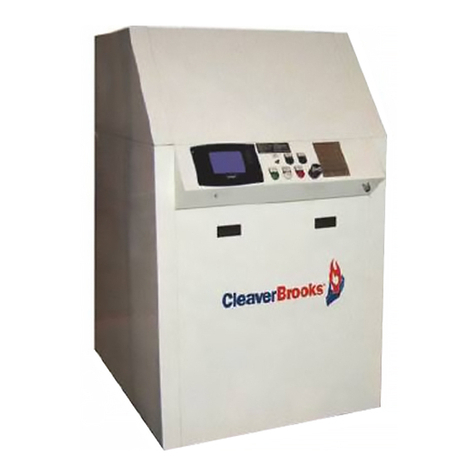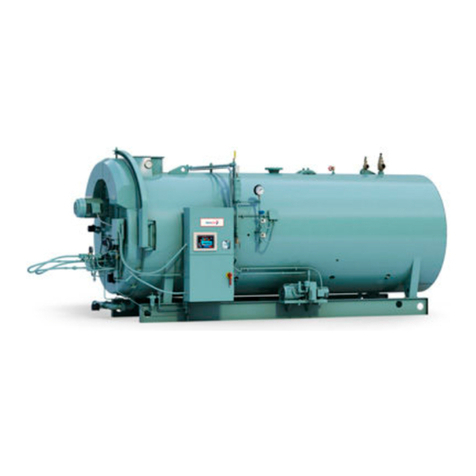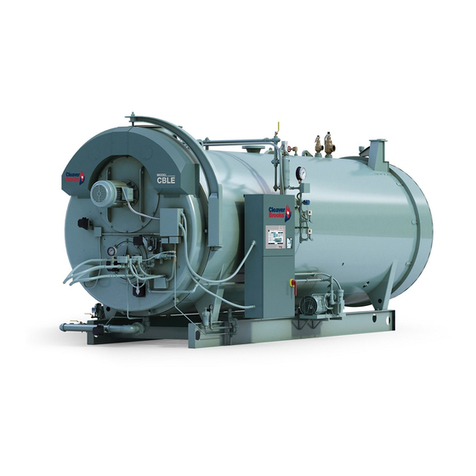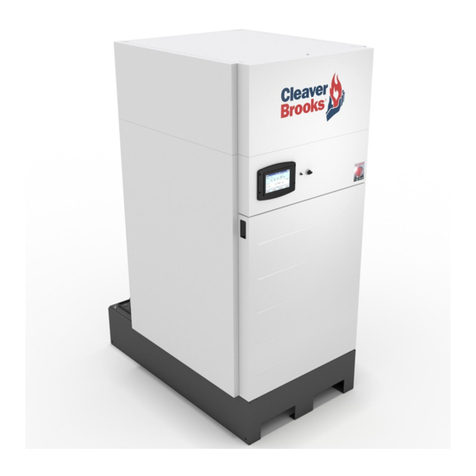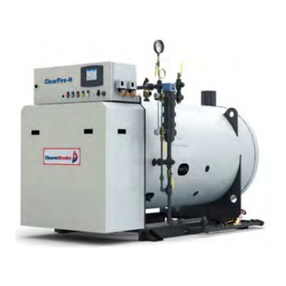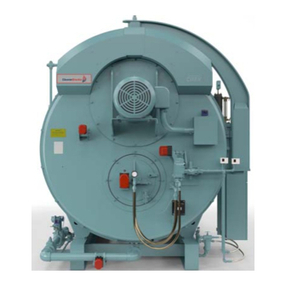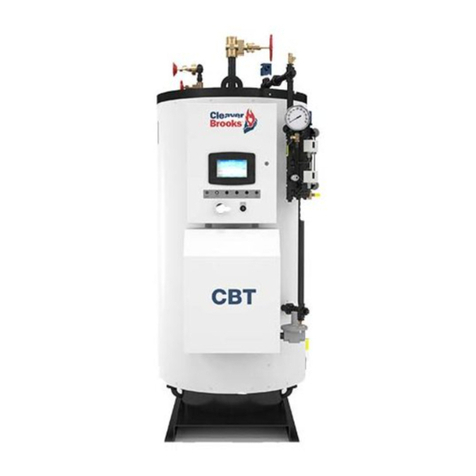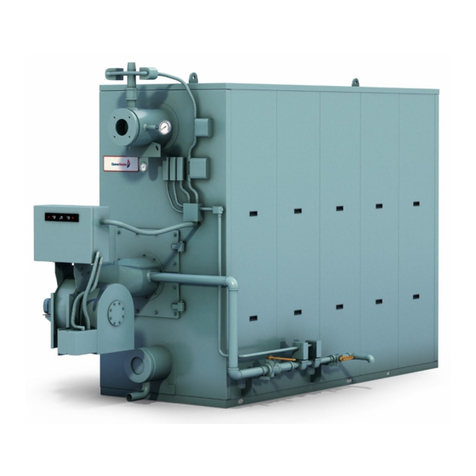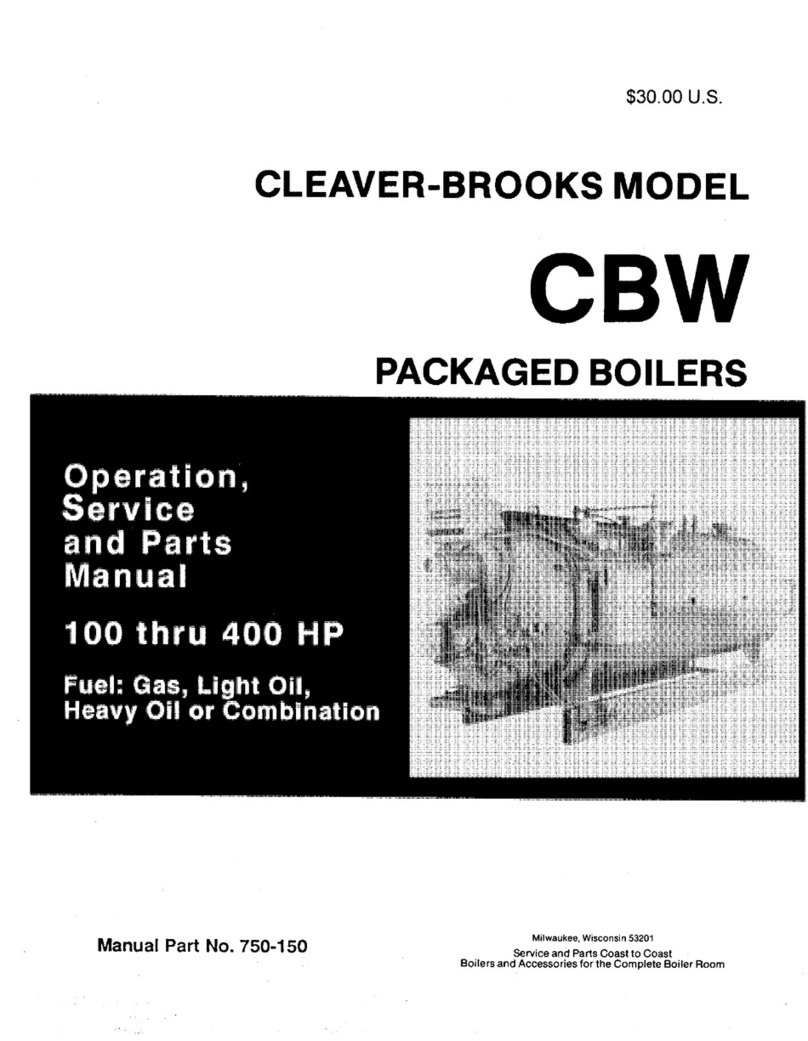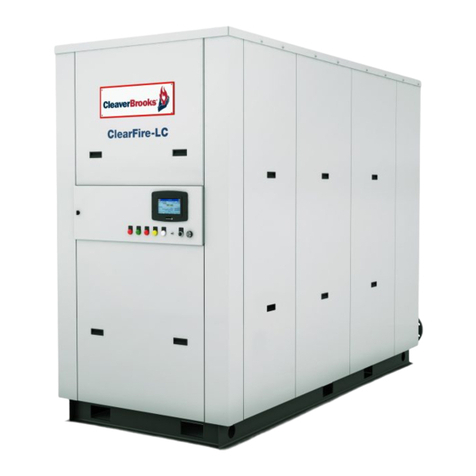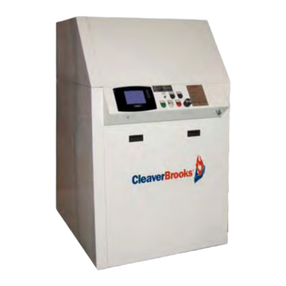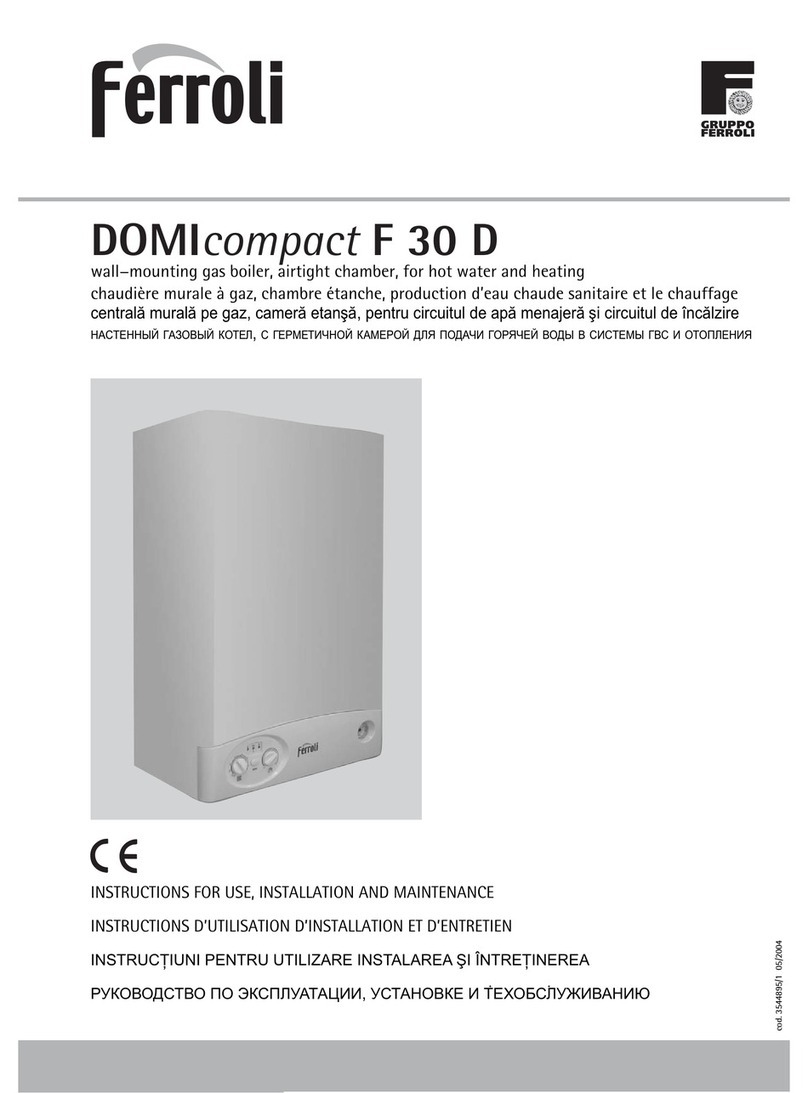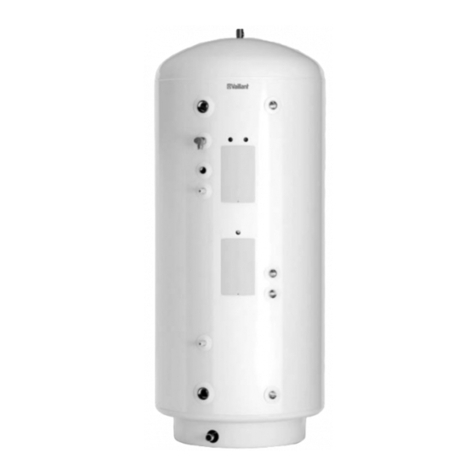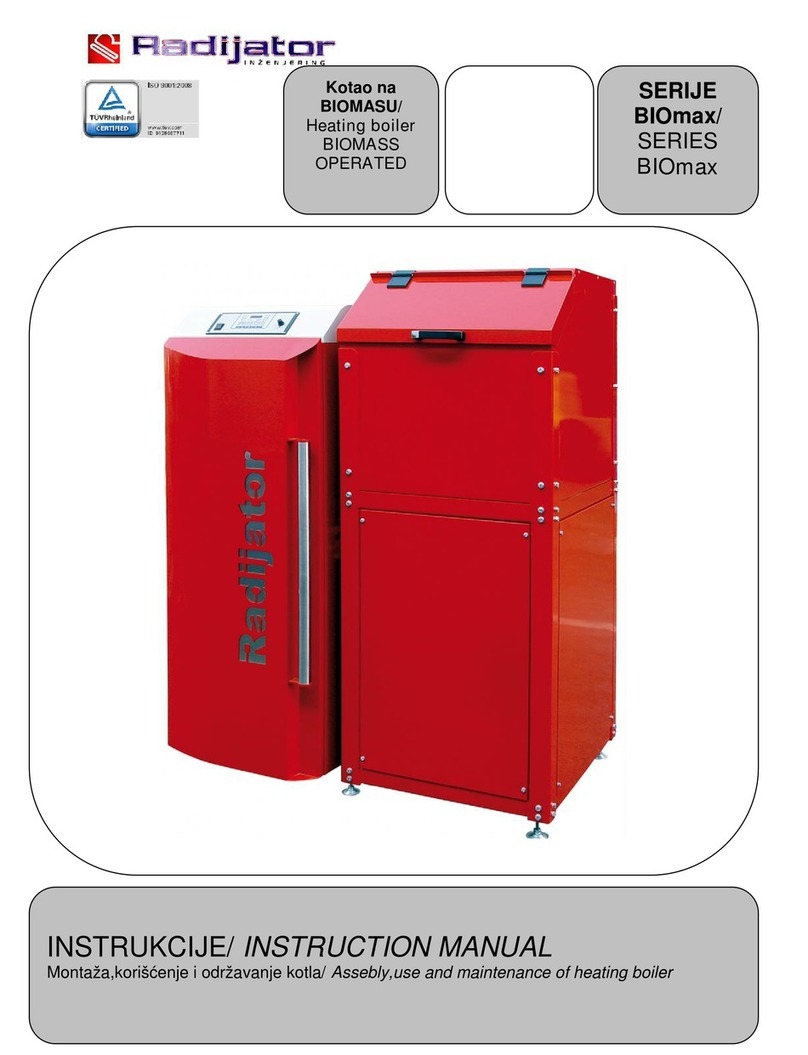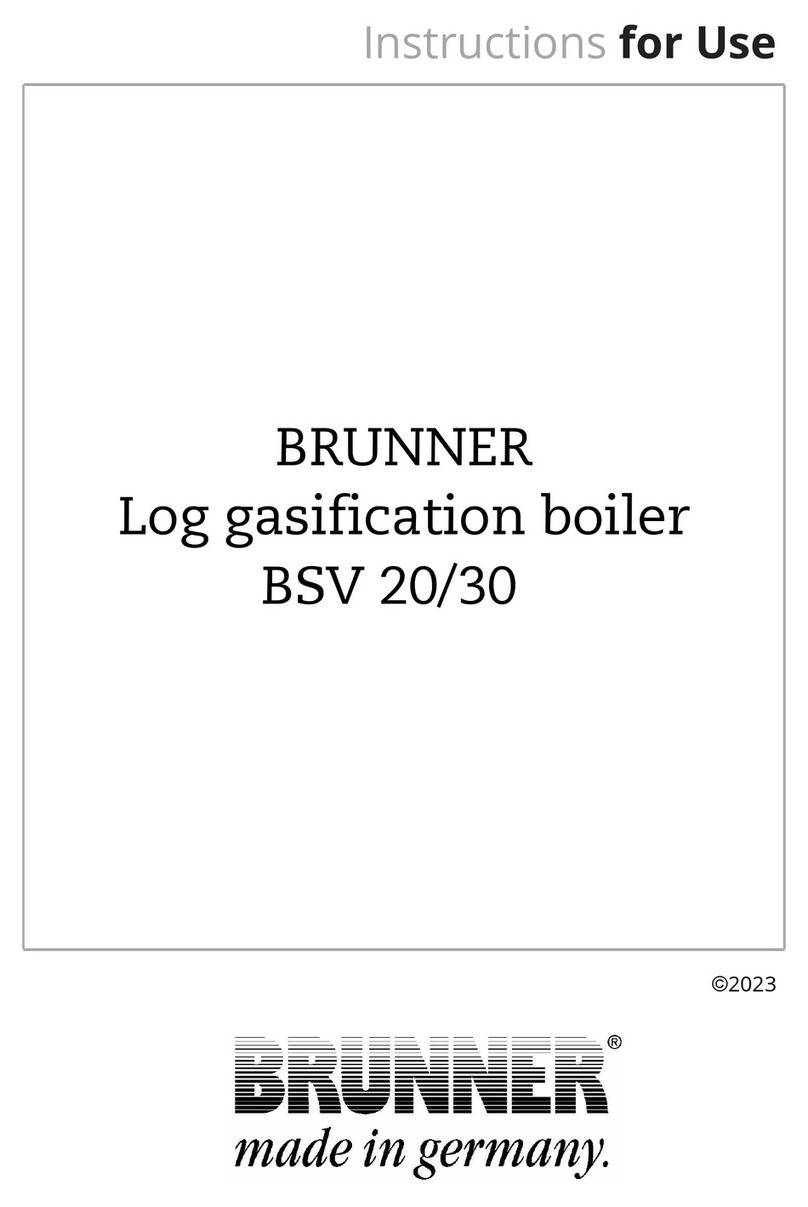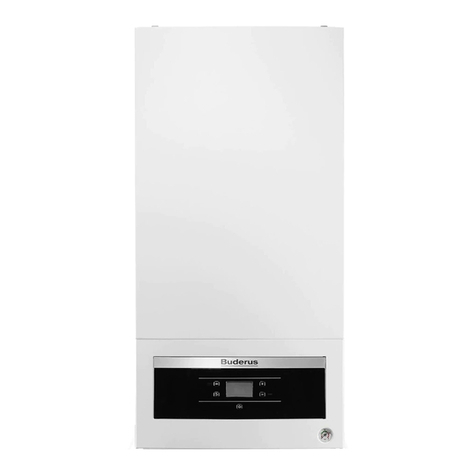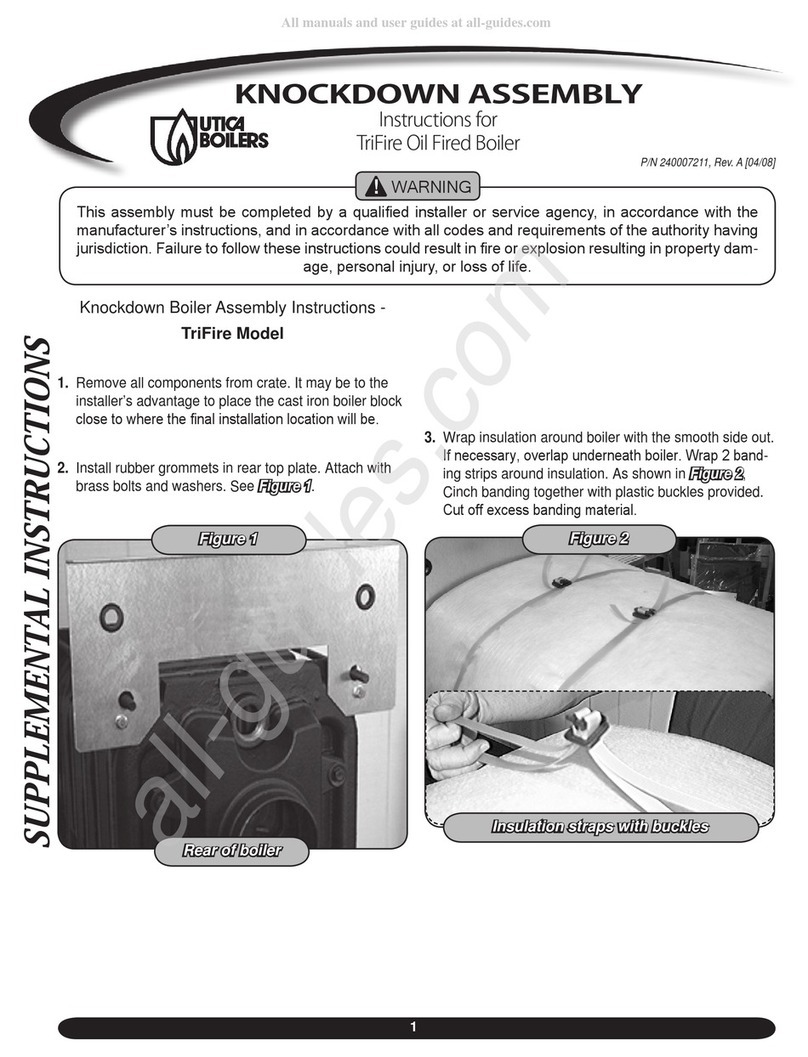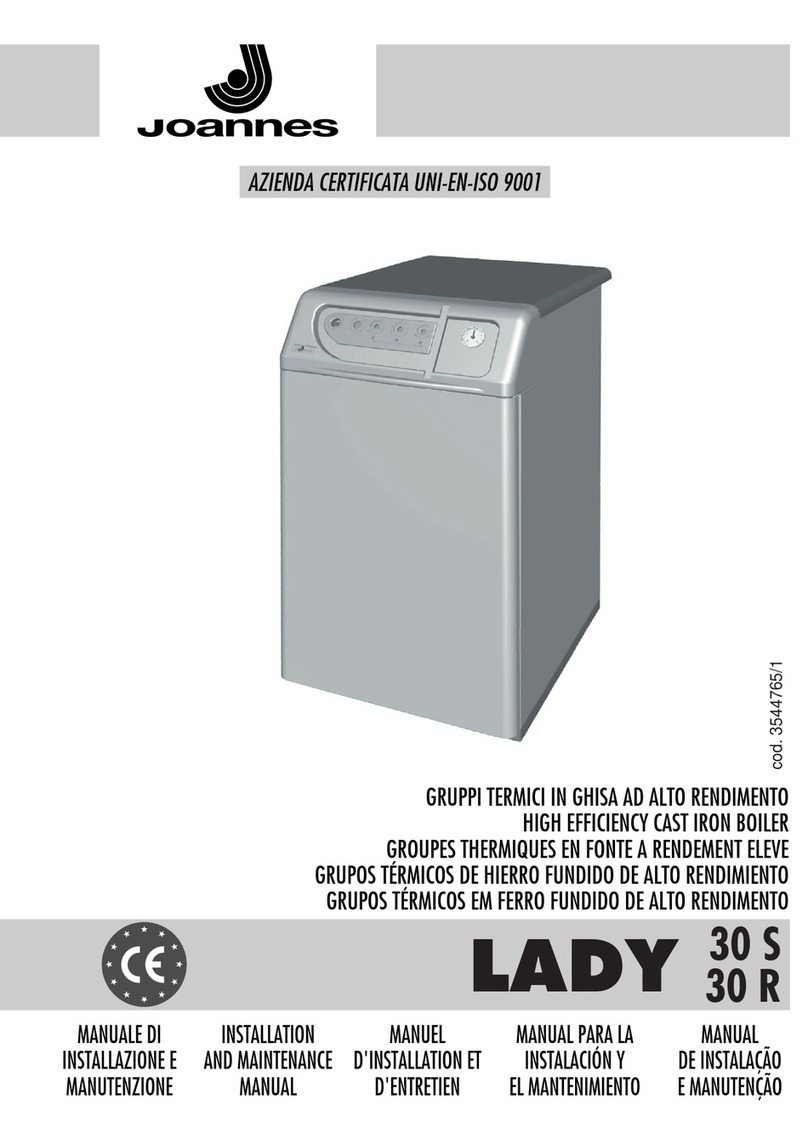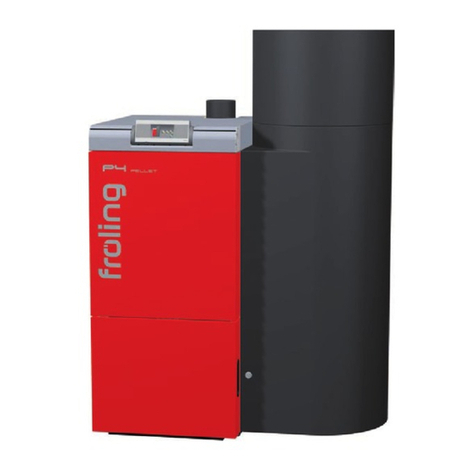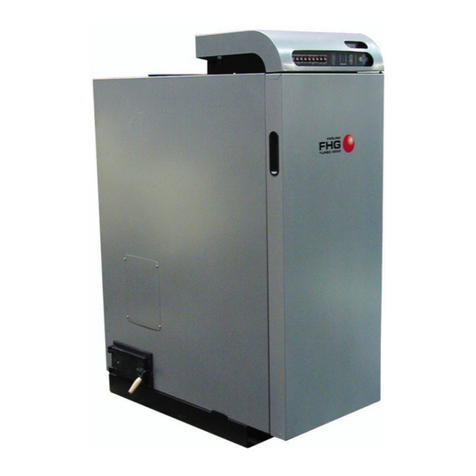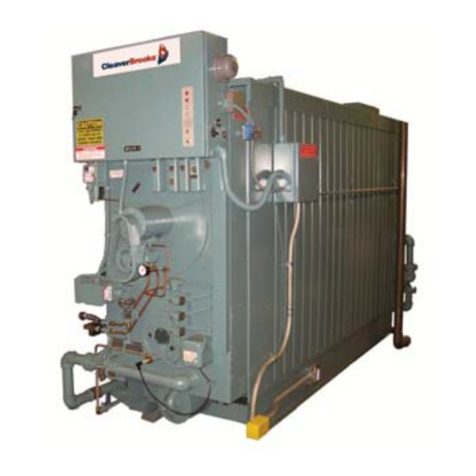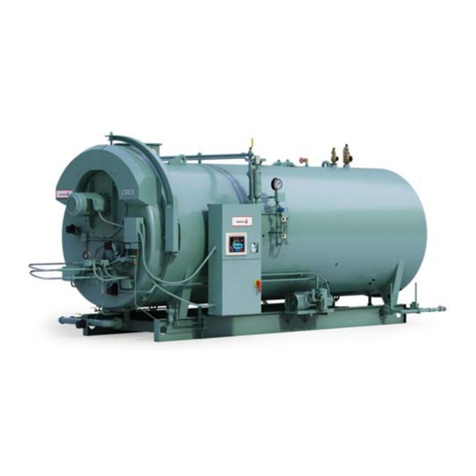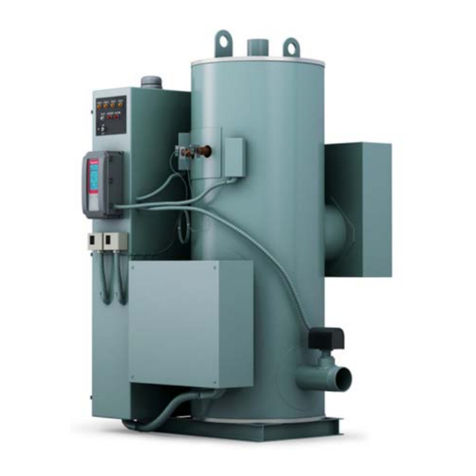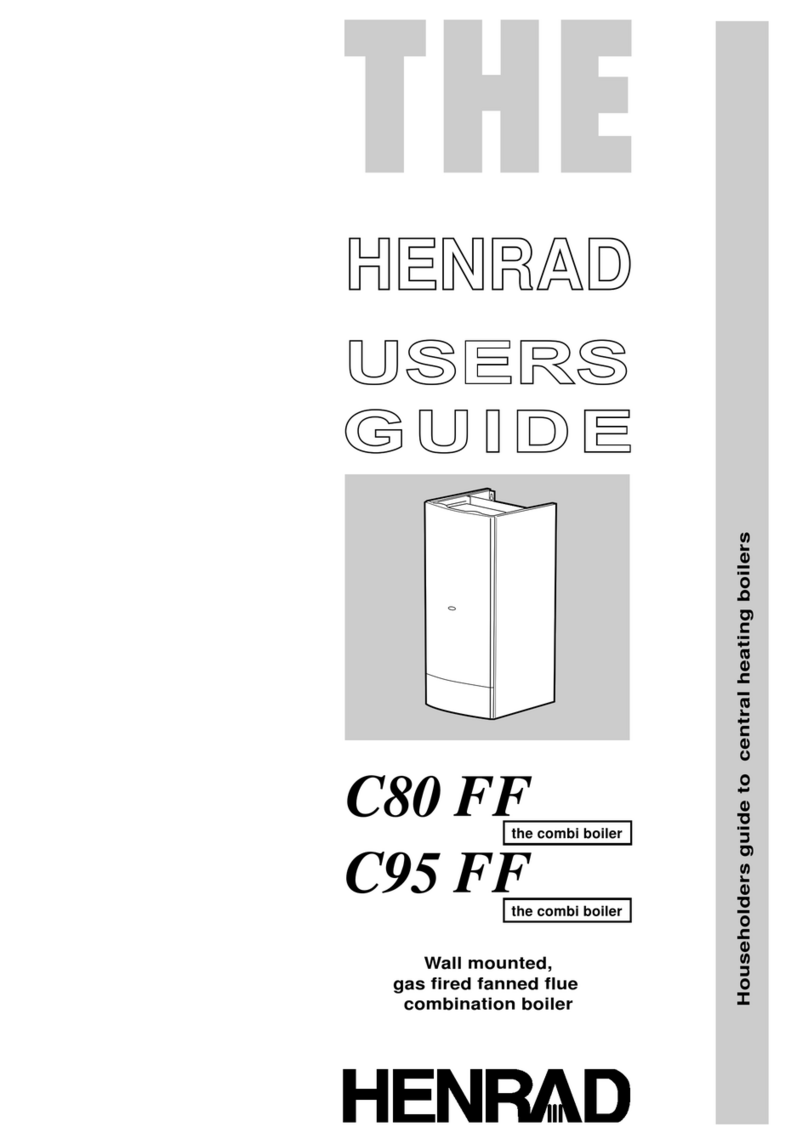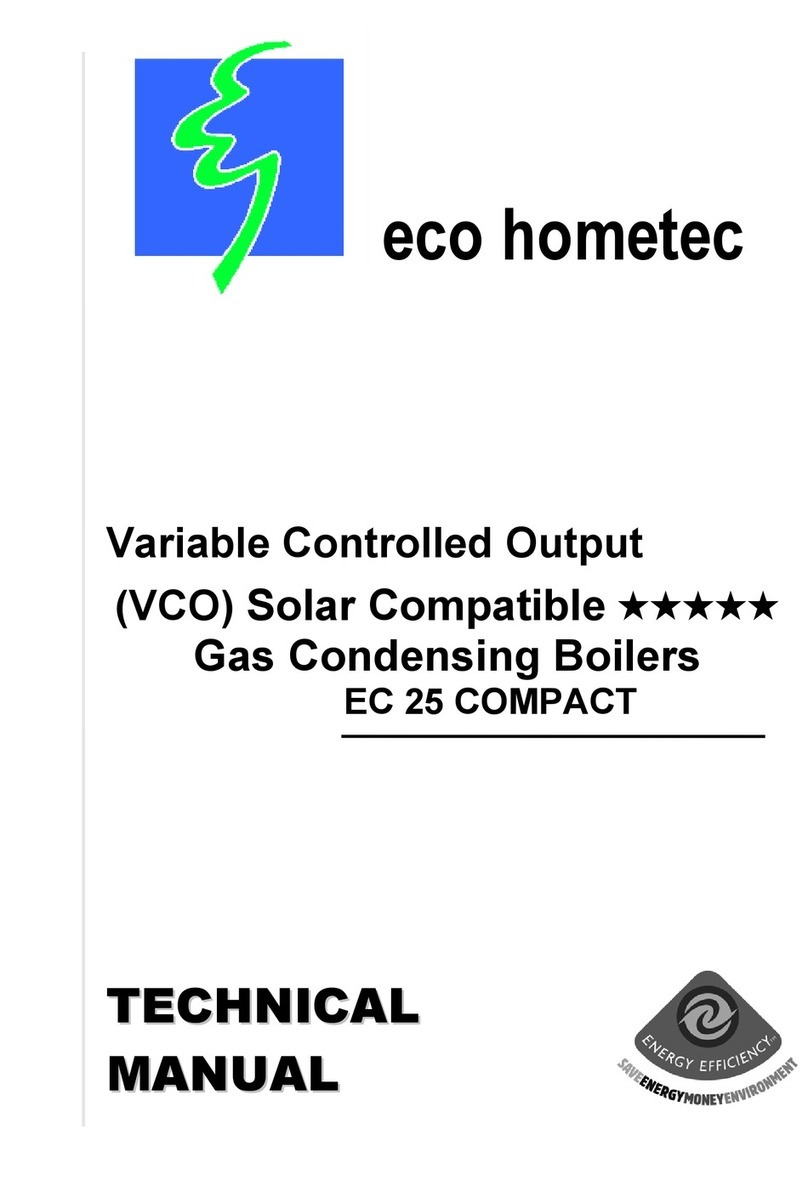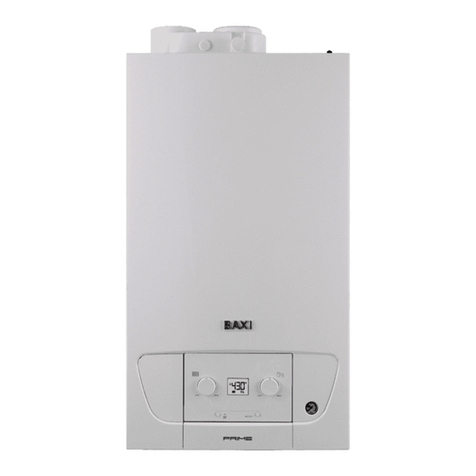
WARNING
DO NOT OPERATE, SERVICE,
OR
REPAIR THIS EQUIPMENT UNLESS YOU FULLY UNDERSTAND
ALL
APPLICABLE SECTIONS
OF
THIS MANUAL.
DO NOT
ALLOW
OTHERS
TO
OPERATE, SERVICE,
OR
REPAIR THIS EQUIPMENT UNLESS THEY
FULLY UNDERSTAND ALL APPLICABLE SECTIONS
OF
THIS MANUAL.
FAILURE
TO
FOLLOW
ALL
APPLICABLE WARNINGS AND INSTRUCTIONS MAY RESULT IN SE-
VERE
PERSONAL INJURY
OR
DEATH.
TO:
Owners,
Operators
and/or
Maintenance
Personnel
This operating manual presents information that will help to properly operate and care for the equipment. Study its contents
carefully. The unit will provide good service and continued operation
if
proper operating and maintenance instructions are
followed.
No
attempt should be made
to
operate the unit until the principles
of
operation and all
of
the components are
thoroughly understood. Failure to follow all applicable instructions and warning may result in severe personal injury or death.
It
is the responsibility
of
the owner to train and advise not only his or her personnel, but the contractor's personnel who are
servicing, repairing or operating the equipment, in all safety aspects.
Cleaver-Brooks equipment is designed and engineered to give long life and excellent service on thejob. The electrical and
mechanical devices supplied as part
of
the unit were chosen because
of
their know ability to perform; however, proper operating
techniques and maintenance procedures must be followed at all times. Although these componesnts afford a high degree
of
protection and safety, operation
of
equipment is not to be considered free from all dangers and hazards inherent in handling
and
firing
of
fuel.
Any
"automatic"
features included in the design do not relieve the attendant
of
any responsibility. Such features merely free
him/her
of
certain repetitive chores and give him/her more time tot devote to the proper upkeep
of
equipment.
It
is solely the operator's responsibility to properly operate and maintain the equipment.
No
amount
of
written instructions can
replace intelligent thinking and reasoning and this manual is not intended to relieve the operating personnel
of
the responsibility
for proper operation.
On
the other hand, a thorough understanding
of
this manual is required before attempting to operate,
maintain, service, or repair this equipment.
Because
of
state, local, or other applicable codes, there are a variety
of
electric controls and safety devices which vary consider-
ably from one boiler to another. This manual contains information designed to show how a basic boiler operates.
Operating controls will normally function for long periods
of
time and
we
have found that some operators become lax
in
their
daily or monthly tesing, assuming that normal operation will continue indefinitely. Malfunctions
of
controls lead to
uneconomical operation and damage and, in most cases, these conditions ca nbe traced directly to carelessness and deficiencies
in testing and maintenance.
It is recommended that a boiler room log or record be maintained. Recording
of
daily, weekly, nonthly and yearly maintenance
activities and recording
of
any unusual operation will serve as a valuable guide to any necessary investigation.
Most instances
of
major boiler damage are the result
of
operation with low water. We cannot emphasize too strongly the need
for the operator to periodically check his/her low water controls and to follow good maintenance and testing practices. Cross-
connecting piping to low water devices must be internally inspected periodically to guard against any stoppages which could
obstruct the free flow
of
water to the low water devices. Float bowls
of
these controls must be inspected frequently to check for
the presence
of
foreign substances that would impede float ball movement.
The waterside condition
of
the pressure vessel is
of
extreme importance. Waterside surfaces should be inspected frequently to
check for the presence
of
any mud, sludge, scale or corrosion.
The services
of
a qualified water treating company or a water consultant to recommend the proper boiler watertreating practices
are essential.
The operation
of
this equipment by the owner and his/her operating personnel must comply with all requirements or regulations
of
his/her insurance company and/or other authority havingjurisdiction. In the event
of
any conflict or inconsistency between
such requirements and the warnings or instructions contained herein, please contact Cleaver-Brooks before proceeding.
iii
